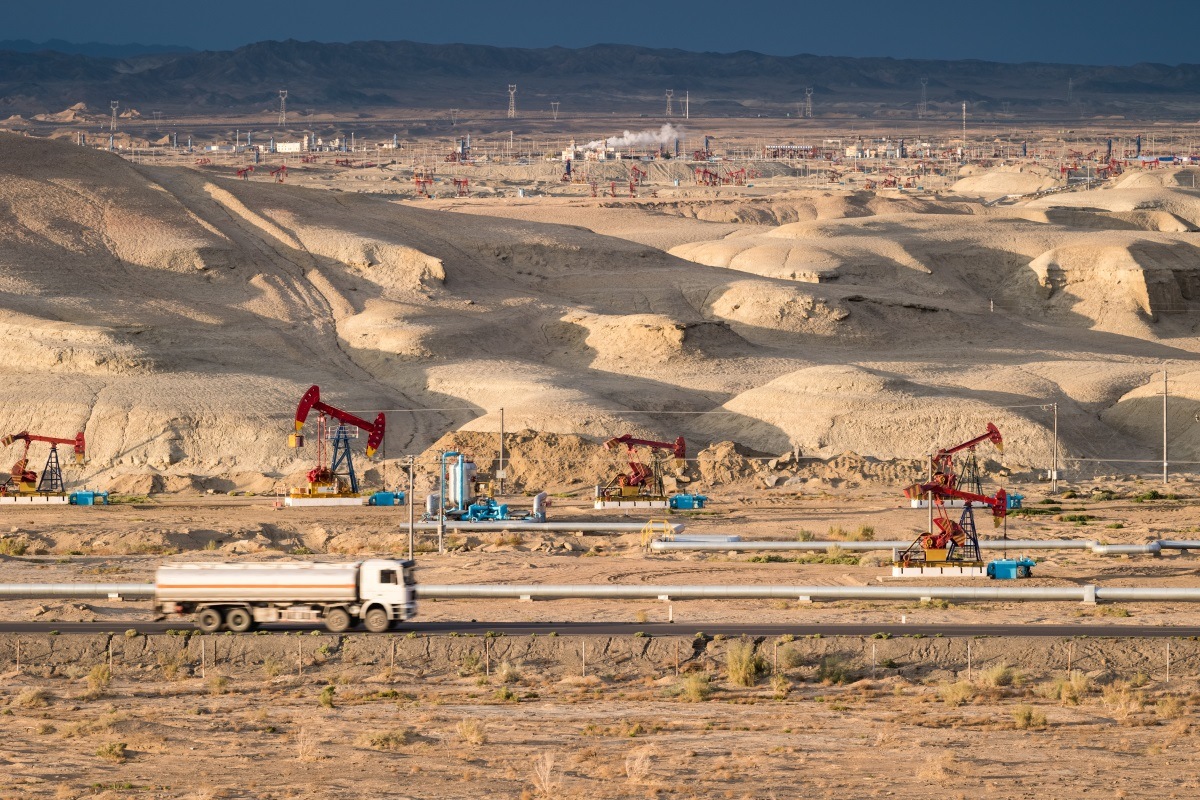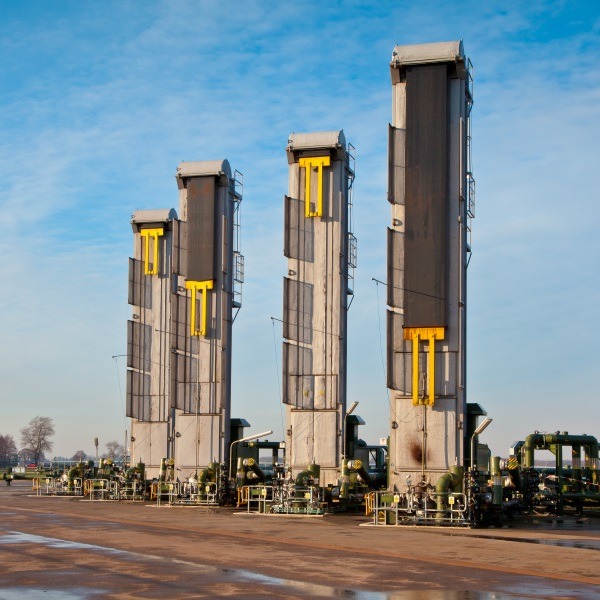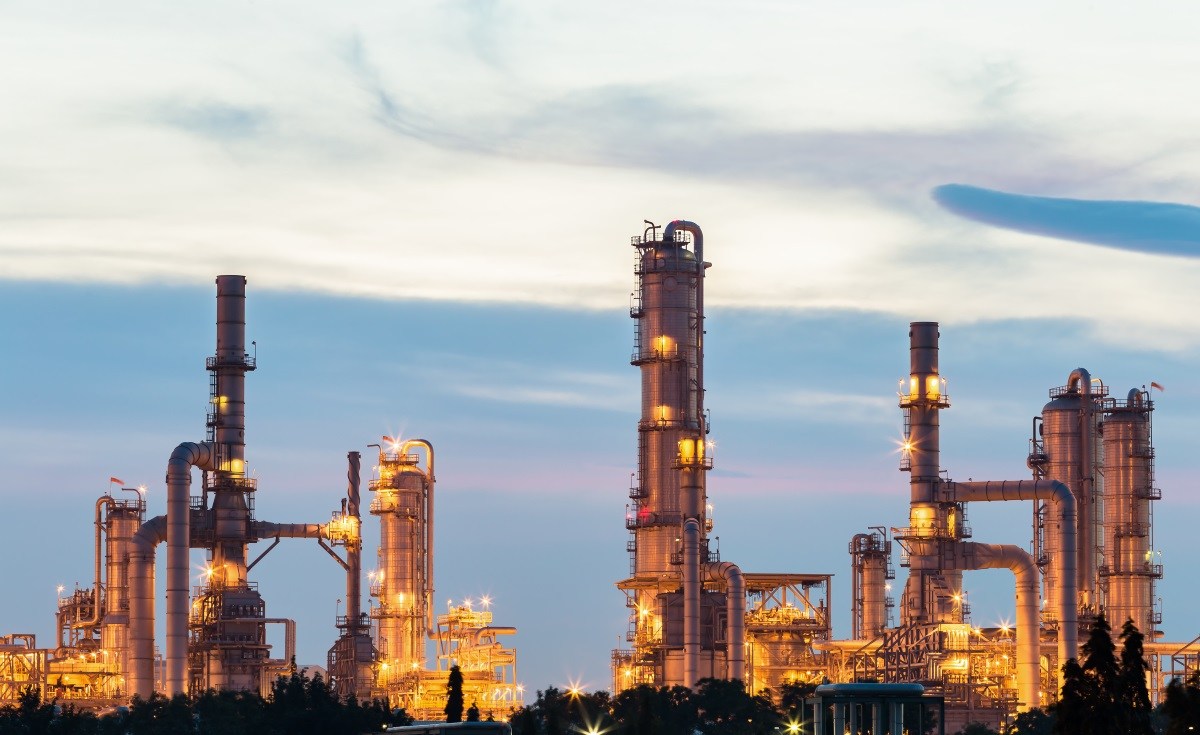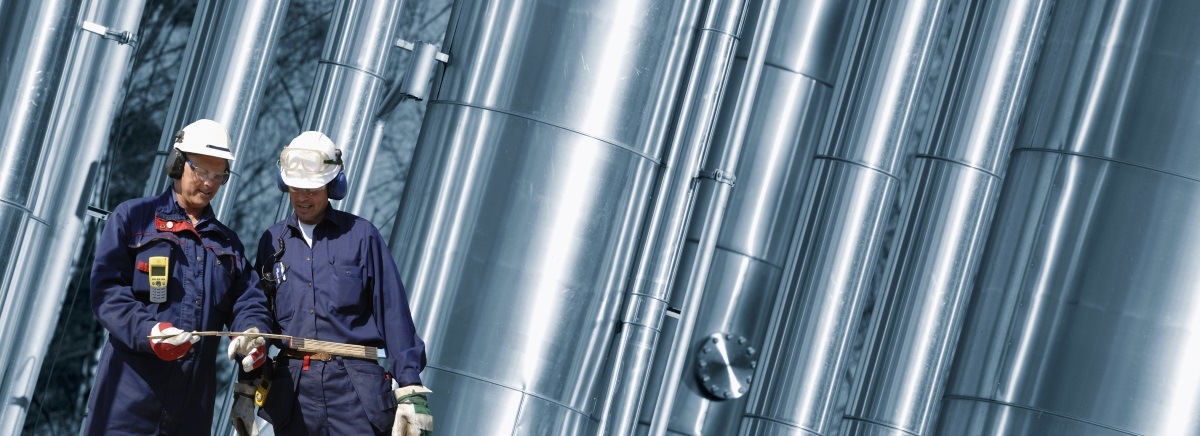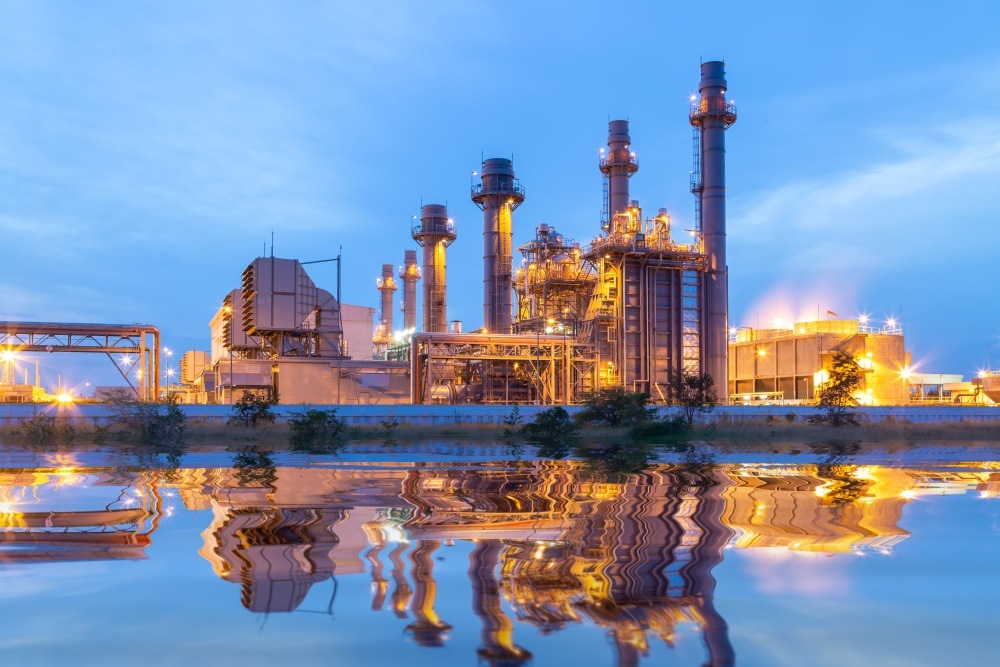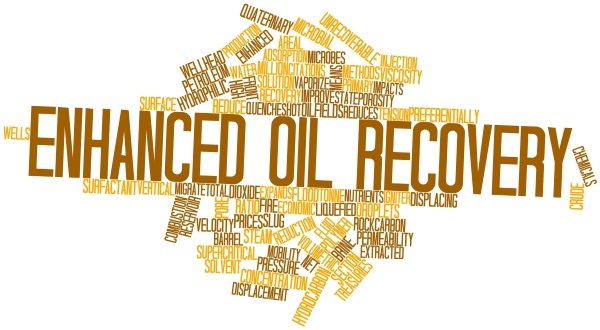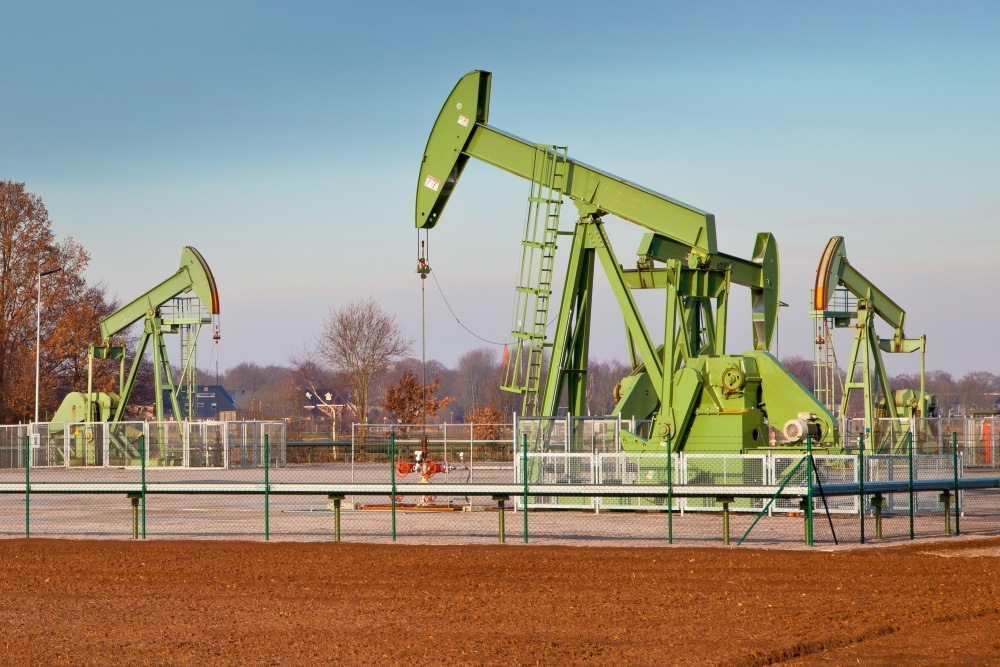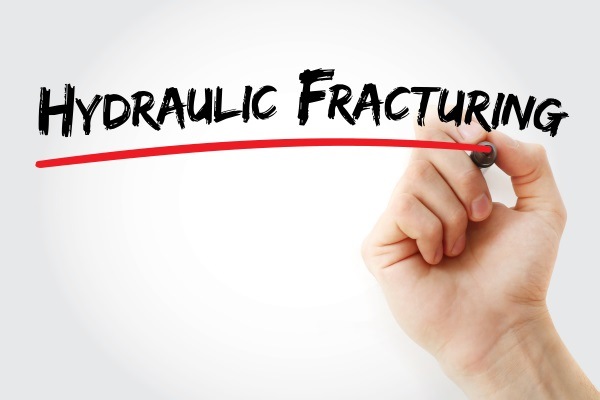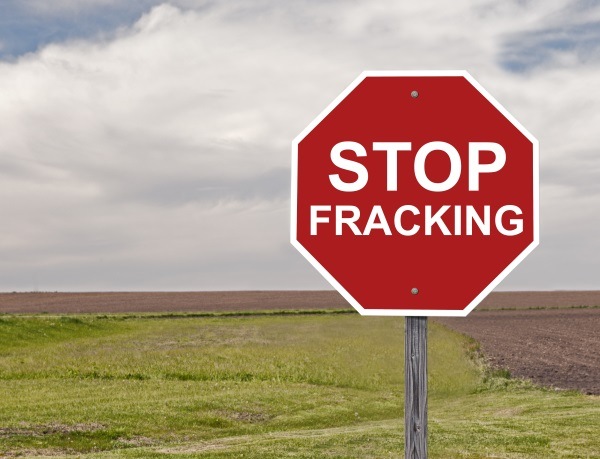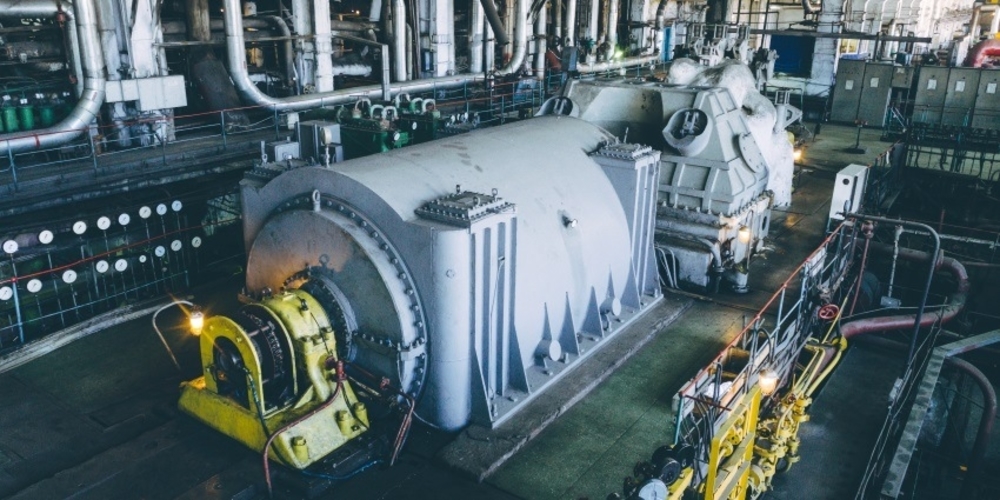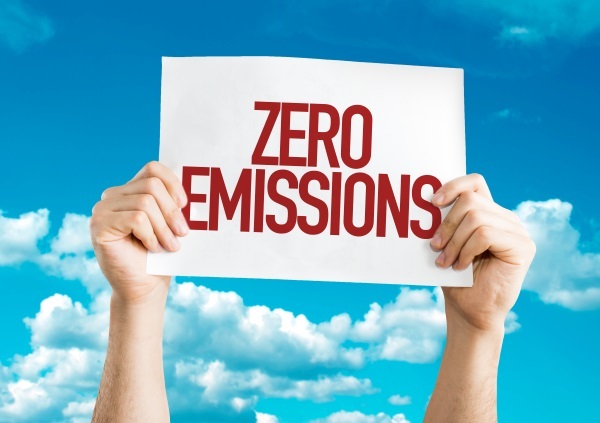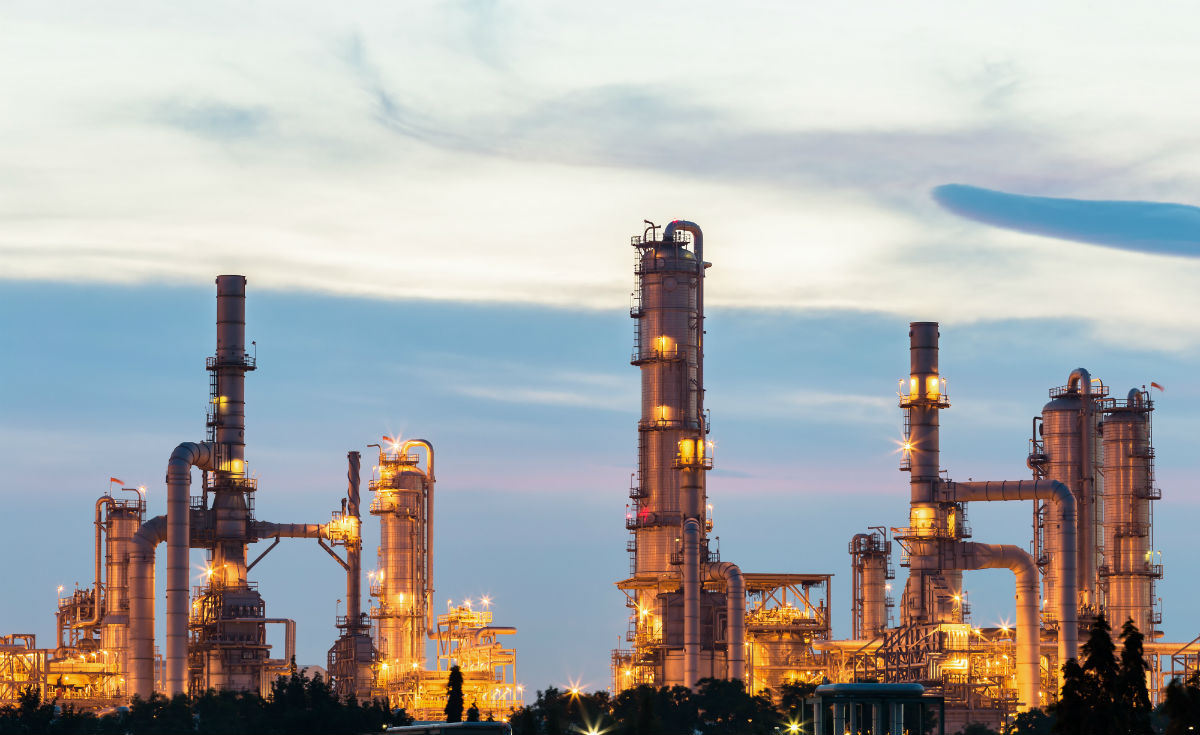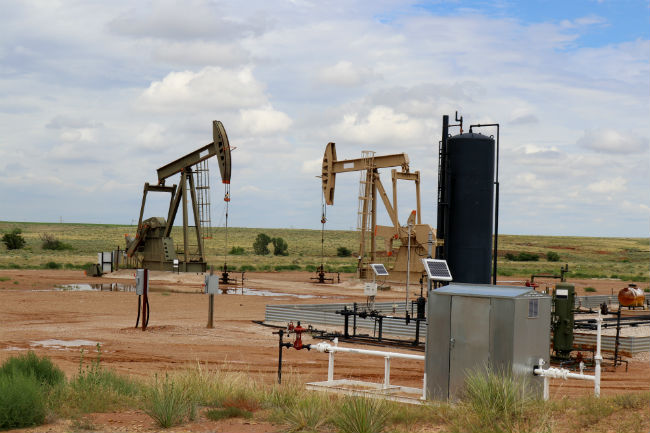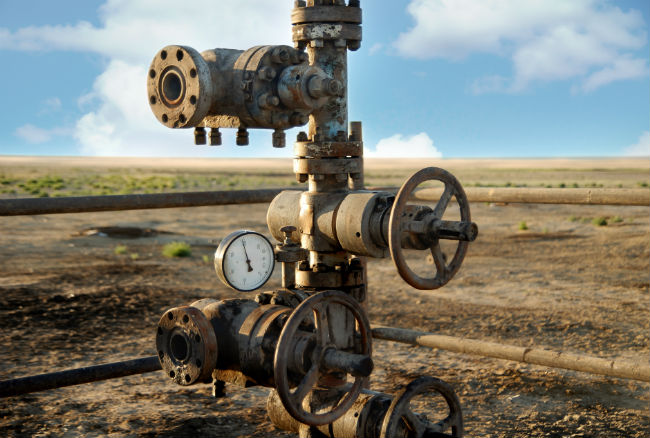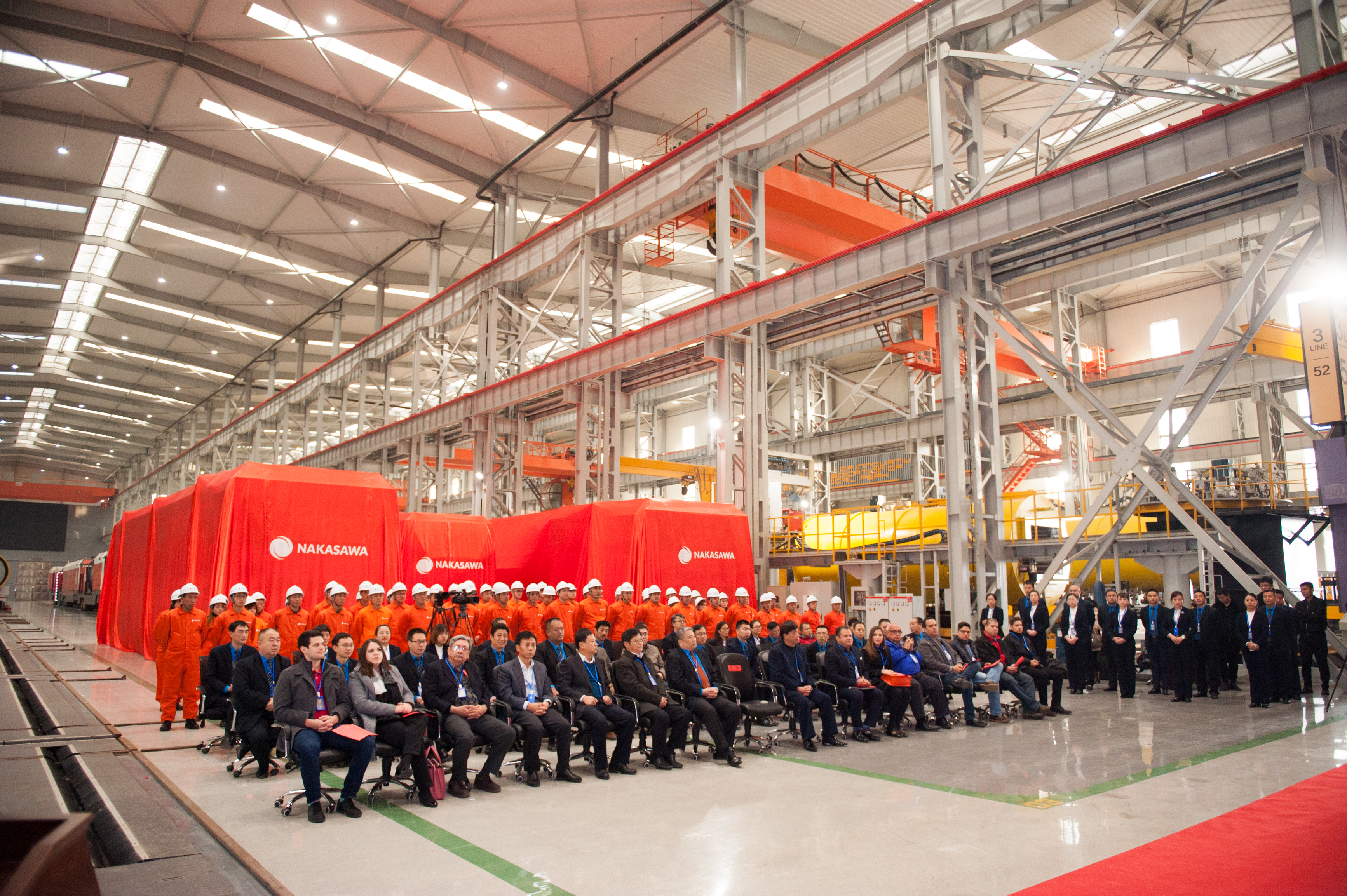Oil extraction has been evolving for years. The latest method of enhanced oil recovery is taking oil extraction to a new level.
So what makes EOR methods of oil extraction better than traditional methods like drilling?
Enhanced oil recovery techniques remove a much higher percentage of oil from the earth, bringing down cost while increasing efficiency.
Primary and Secondary Oil Recovery
Primary drilling methods either tap oil that naturally rises, or can easily be pumped to the surface.
US Department of Energy studies show that primary drilling methods extract around 10 percent of a well’s oil reserves.
Secondary oil recovery, like fracking, can retrieve up to 30 percent more oil from an existing well by pumping water to push trapped oil to the surface.
What is Enhanced Oil Recovery?
EOR methods to oil extraction include thermal recovery, chemical injection, and gas injection to enable even further yield.
Thermal Injection
Thermal injection, like the use of steam, heats oil within a reservoir to reduce its viscosity and ease the release of oil and make it flow to the surface.
Gas Injection
Gas injection uses carbon dioxide, nitrogen, or natural gas to mix with trapped oil to make it more viscous. The gas also pushes the oil to the surface.
Chemical Injection
Chemical injections lower the oil’s surface tension, letting it flow from trapped pockets and is then brought to the surface by water flooding. Chemical injection is the least favored method due to the need for secondary water pumping to push oil to the surface.
Why Enhanced Oil Recovery is More Efficient for Oil Recovery
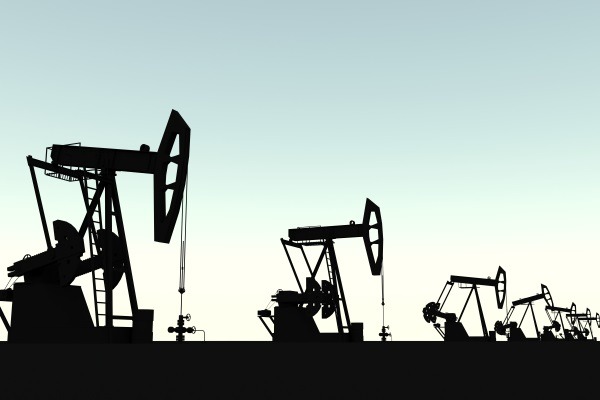
Enhanced oil recovery employs methods to alter the state of trapped oil in order to extract it, instead of just trying to force it out the ground by water pressure.
Current EOR methods to oil extraction can recover up to 60 percent of the oil left in a reservoir after traditional extraction methods have been employed. This extra source of fuel is bolstering global oil reserves while reducing expenditure.
Enhanced oil recovery techniques can extract millions of more barrels of oil from wells that have already been through the primary and secondary recovery methods.
The cost to bring the first barrel of oil from a new field is astronomical, especially with locations that are difficult to reach like deep sea reserves. The ability to use enhanced oil recovery on already tapped wells is more environmentally friendly and reduces cost.
The Future of Domestic Oil Production
As the earth’s oil reserves continue to become depleted, the need for extensive research and development into improved EOR methods will increase.
Oil recovery companies, like Nakasawa, incorporate engineering and investment in new enhanced oil recovery technologies that are increasing the yield of new and existing oil fields while cutting overall costs.
Energy companies understand the importance of gaining full recovery from existing oil reserve fields, in order to maintain sufficient oil levels to sustain global demand.

